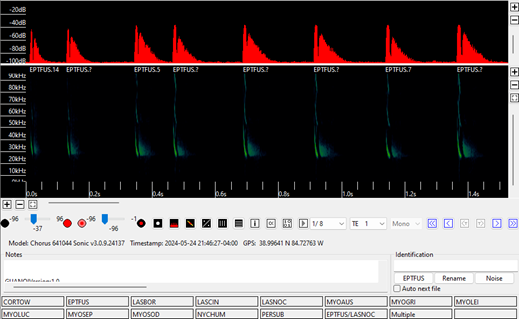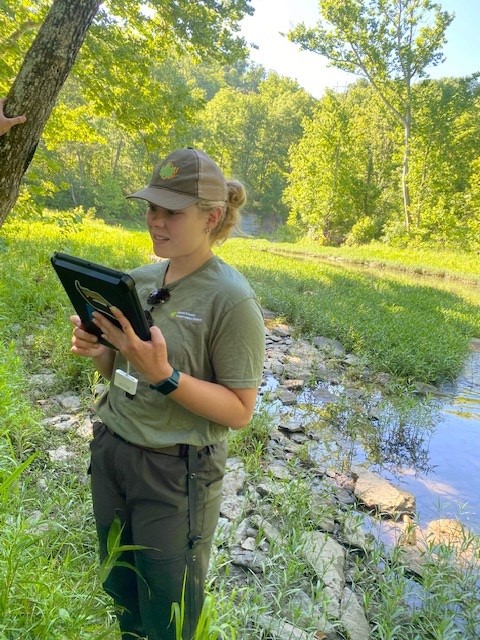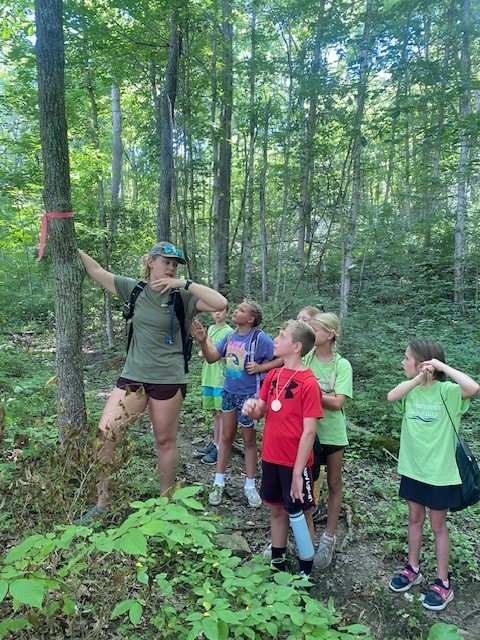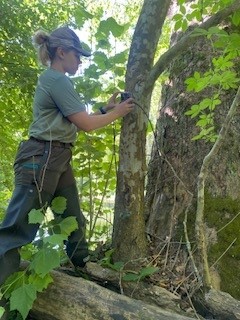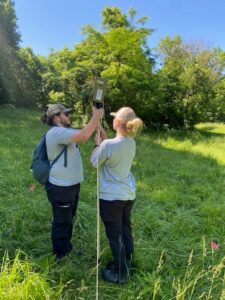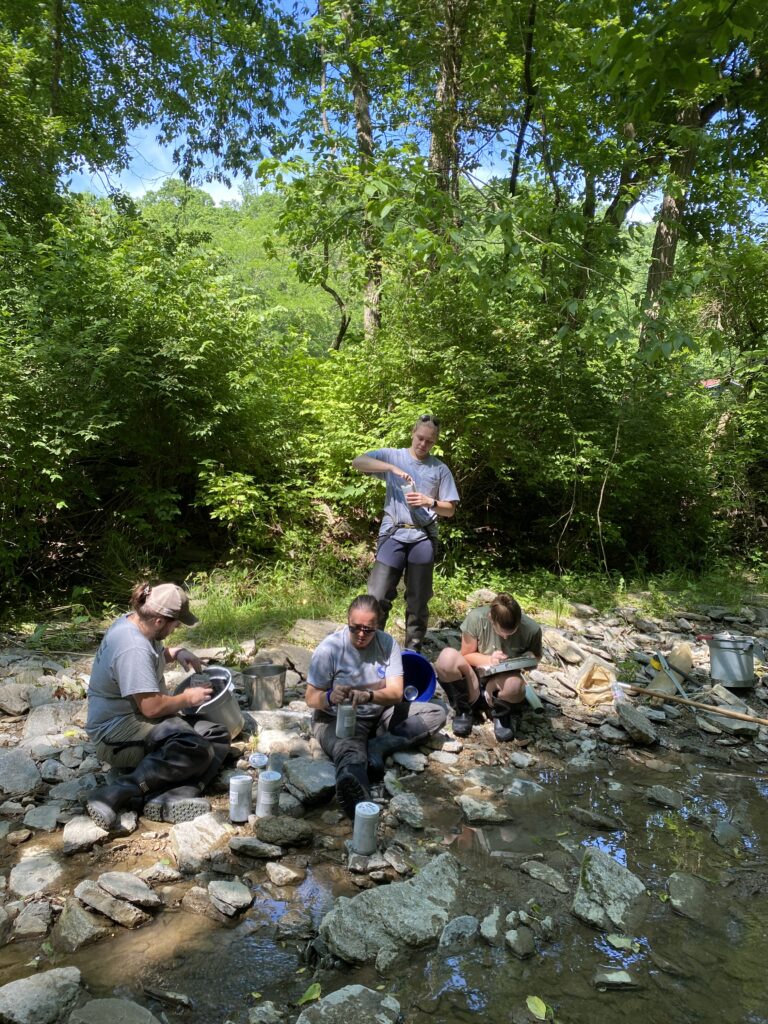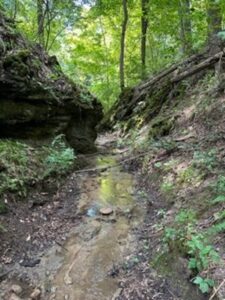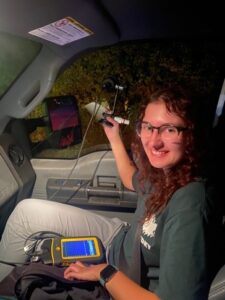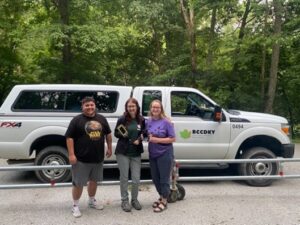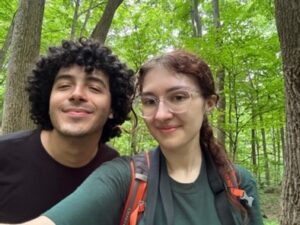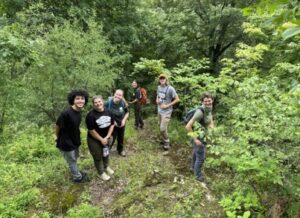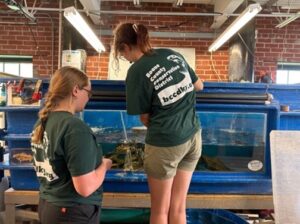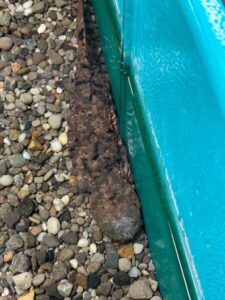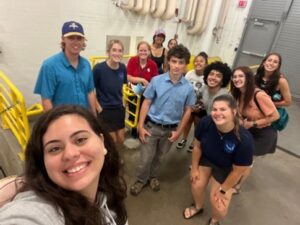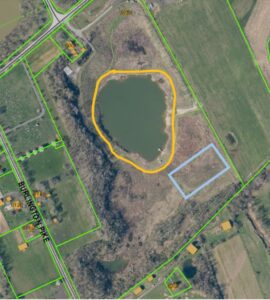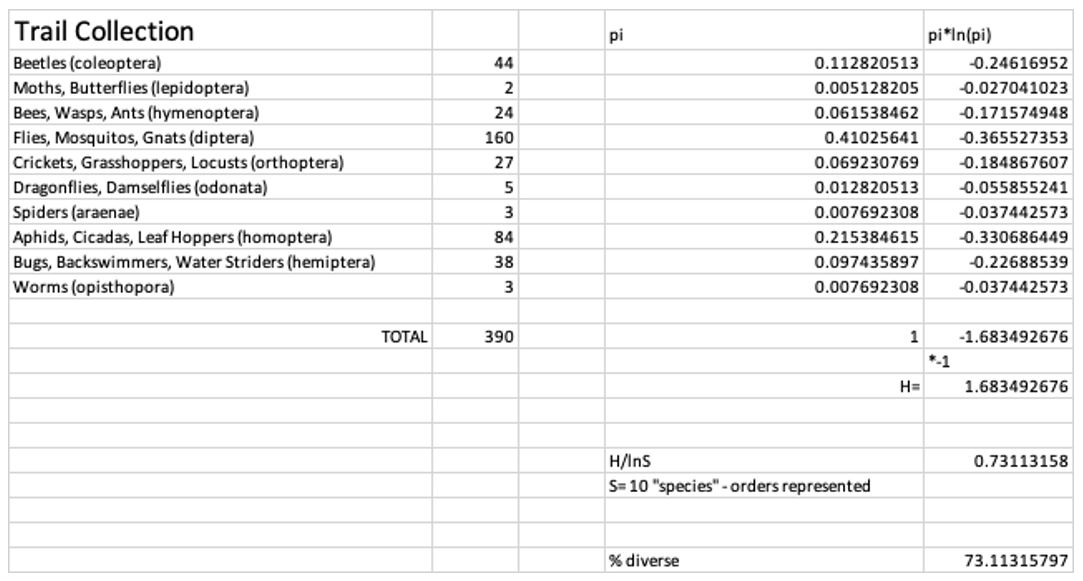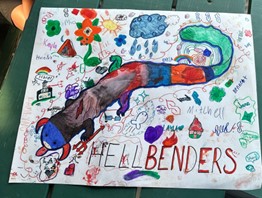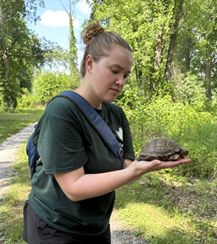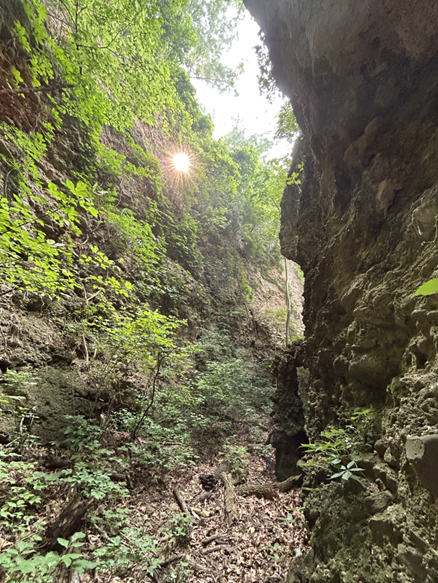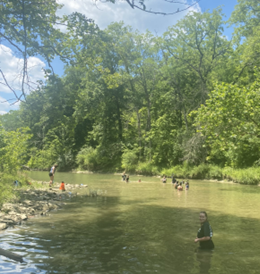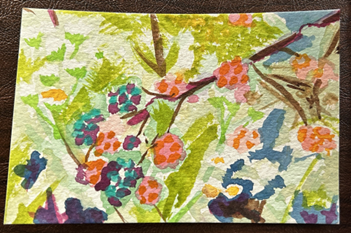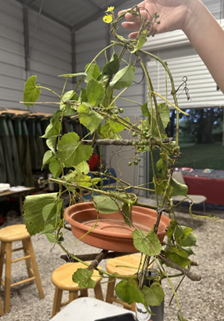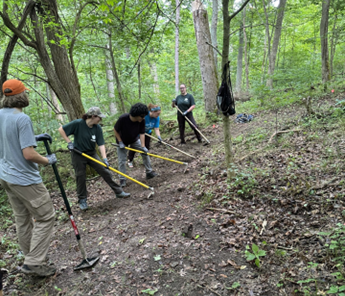Hello everyone!
I hope everyone has had a very enjoyable summer so far! I know I am.
June and July have been busy as it is this time of year for so many people. We have had conservation kids camp and leaf academy all in the time of my last post. I always enjoy these summer camps. It's always a great time. It's hard work planning, preparing and watching all the kids but I truly think we are able to get a lot across to them!
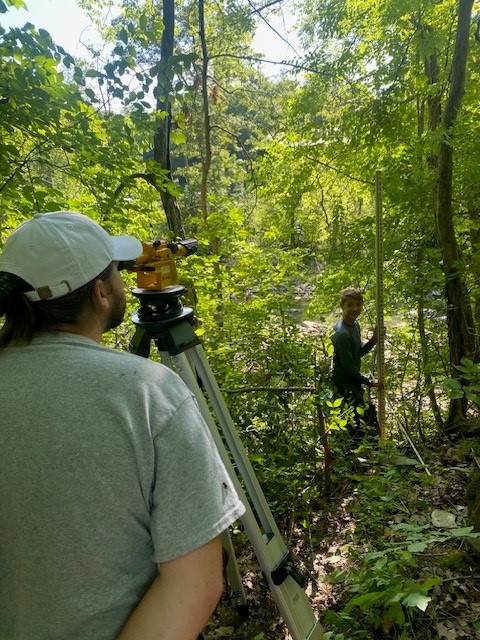
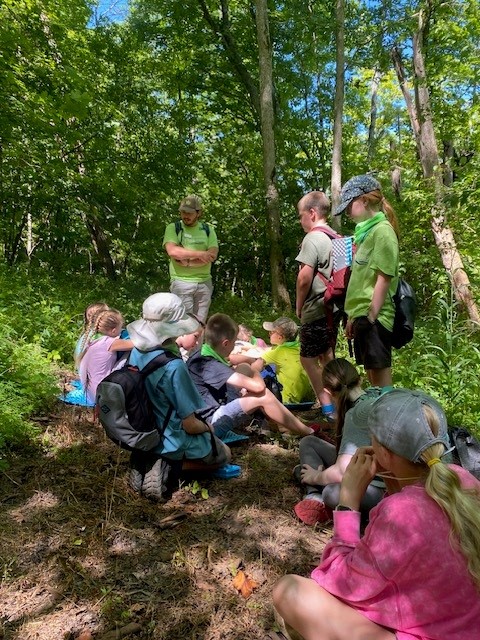
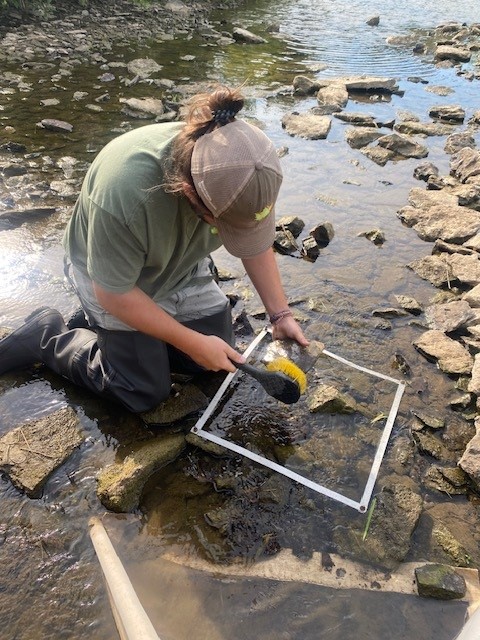
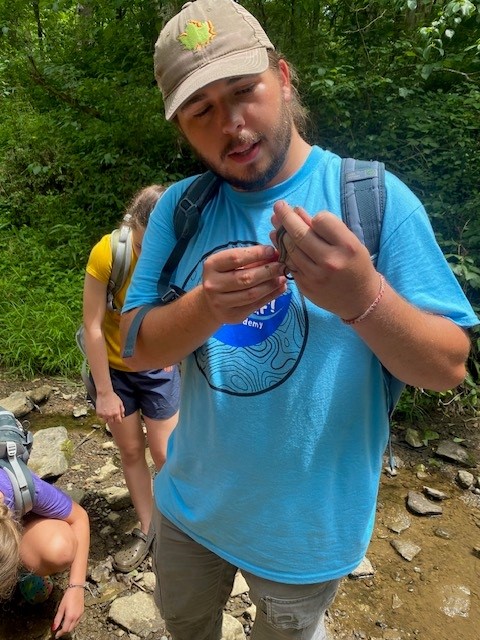
Along with education programs I have also been working on my research project on the activity patterns of bats.I am going through a ton of audio files manually vetting the auto identification. The Identification of bats based on the recordings has been a unique challenge that I have enjoyed figuring out. Each bat species has different characteristics that can give away what type of bat they are. The software we use for identification will show a representative image of the frequency of the call. This can provide different shapes and measurements that we can use for identification. Some bats have bouncy calls, some have long stems, some are really low frequency, some high, etc. There are a good handful of different species but primarily I have recorded a lot of big brown bats, which makes sense since they are very common. This project has helped teach me some really great skills and I'm grateful for the opportunity to do it!
Below is an image of a Brown Bat call on the identification software Kaleidoscope.
